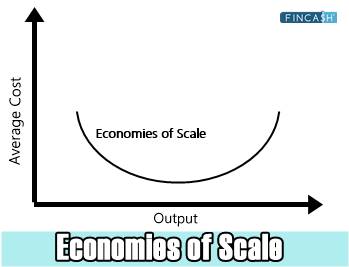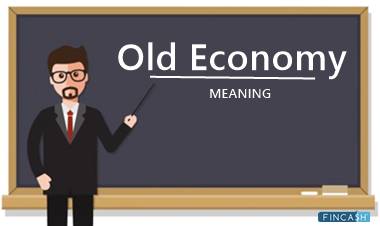
Table of Contents
Economies of Scale
What are Economies of Scale?
Economies of scale are regarded as cost advantages that companies reap while making production more efficient. Companies can easily achieve this stage by increasing their production and decreasing costs.

This majorly happens because costs are spread across a huge number of products. Not just that, but the cost Factor can be both variable and fixed. Generally, the business’s size matters as far as economies of scale are concerned.
Thus, the larger the business, the more will be the savings of cost. Furthermore, economies of scale can be both external and internal. While external economies are concerned with factors outside of the company; internal economies depend upon the decisions of management.
Explaining Economies of Scale
For any business, irrespective of the Industry, the concept of economies of scale is essential to represent competitive and cost-saving advantages that large businesses generally have over smaller ones.
Most of the times, consumers are unable to comprehend the reason behind a small company charging more for a product that a large company is providing at a lesser cost. This is because the cost per unit is based on how much a company is producing.
While large businesses can easily produce more by spreading out their production cost over a huge number of products; the same situation is quite difficult for a company operating at a smaller-scale. And then, there is plenty of reasons that dictate why economies of scale increase lower per-unit costs.
To begin with, labour specialization and integrated technology enhance the volume of production. And then, lower per-unit costs can also come with bulk orders from suppliers, lower cost of Capital or bigger advertising budgets.
Lastly, spreading the costs of internal function, such as marketing, IT, and Accounting, across units manufactured and sold can help decrease costs.
Talk to our investment specialist
Examples of Economies of Scale
Let’s take an example here. Suppose in a hospital; the doctor examines every patient for not more than 20 minutes. However, the business overhead costs of the system in the hospital are spread across doctor visits and a technician or a nursing aide assisting the doctor.
Another example could be a shop producing products in different groups with the logo of the company. A substantial cost element is invested in the setup. Now, in this shop, larger production helps to lower the unit costs as the setup costs of creating the patterns on the product and designing the logo are spread across more similar products.
All efforts have been made to ensure the information provided here is accurate. However, no guarantees are made regarding correctness of data. Please verify with scheme information document before making any investment.












